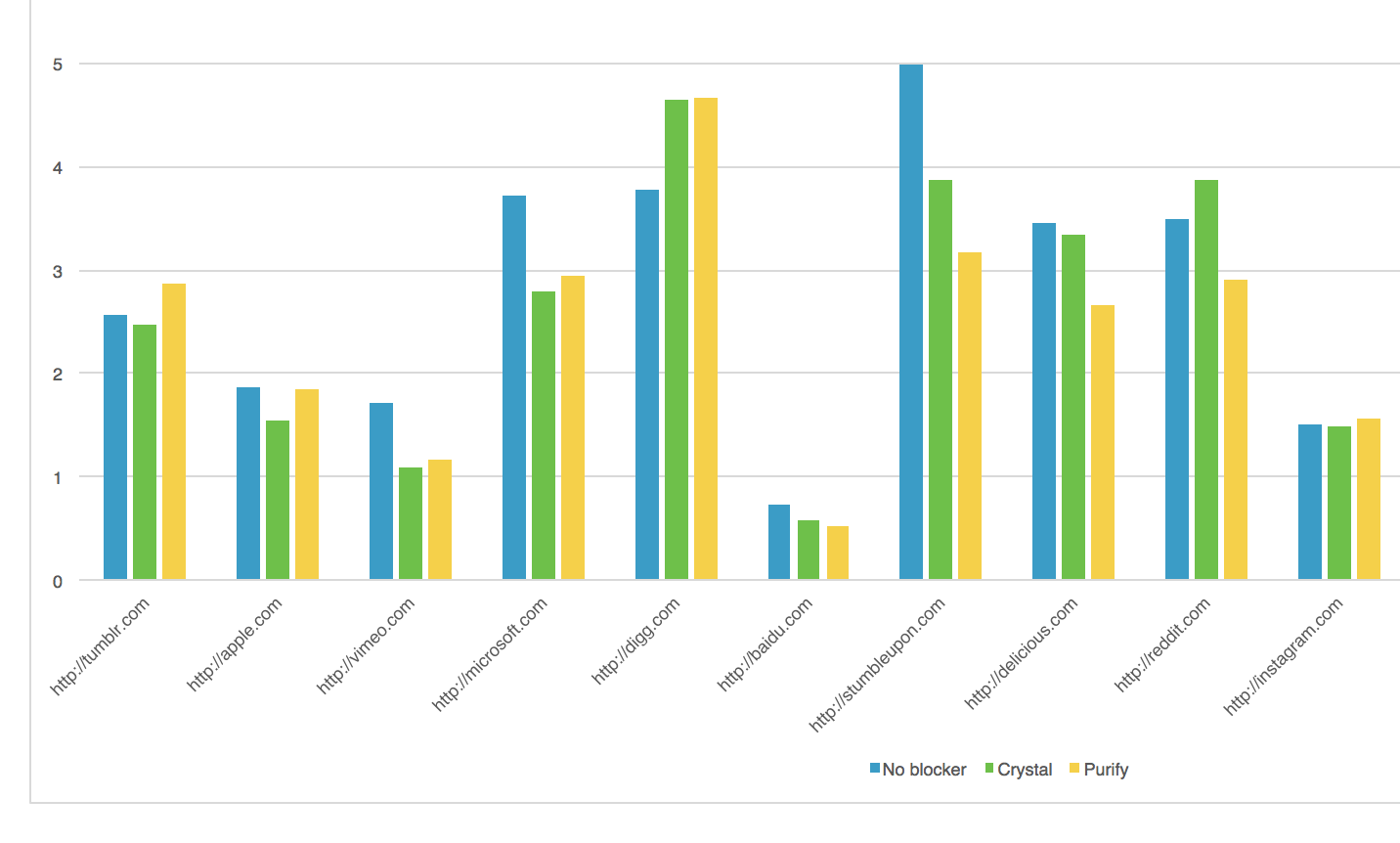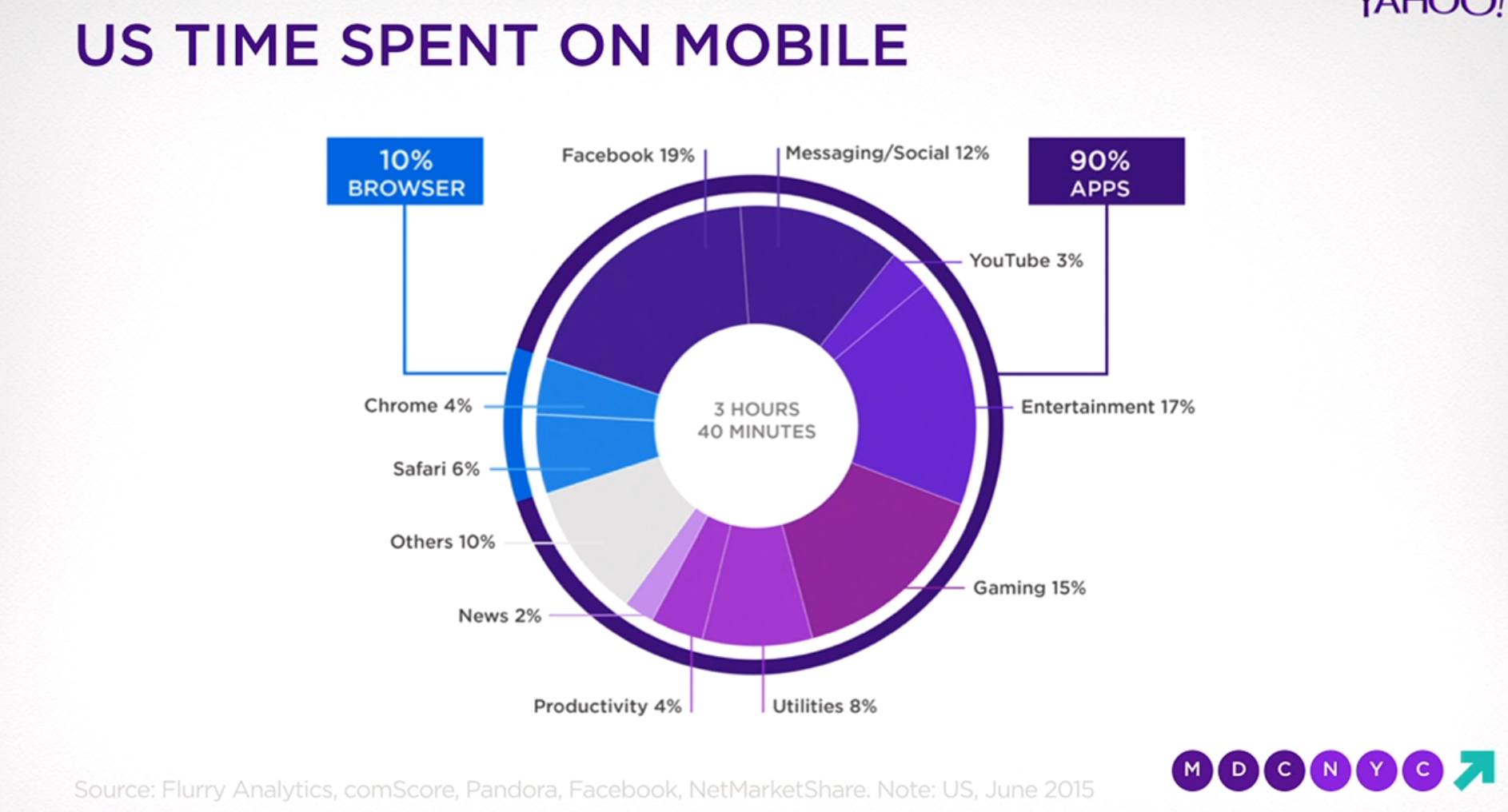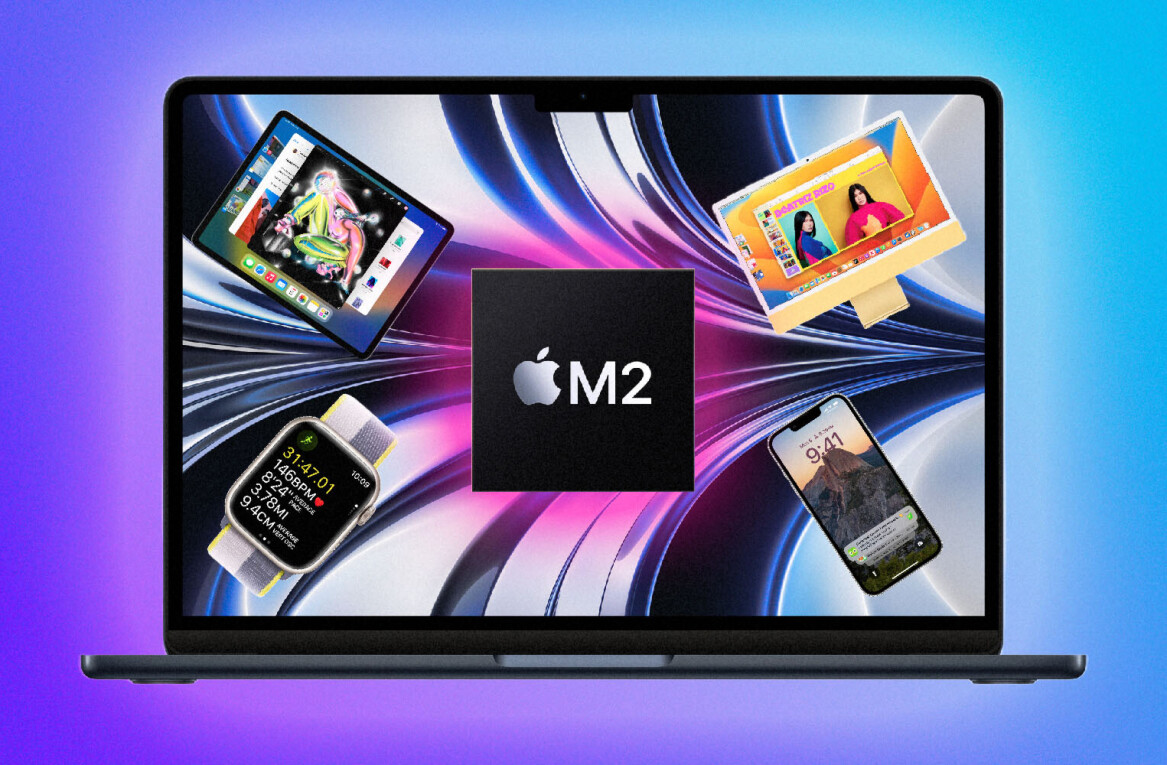
At Apple’s September 9 event, we expect iOS 9 will begin rolling out.
The software update for iPhones and iPads comes with a major new feature called content blockers, which allows mobile users to block advertising, trackers and other third-party scripts easily for the first time.

Last week, we illustrated how test versions of the software can improve browsing speed, but I wanted to put the tests in the context of the wider Web. Over the last few days I’ve been running tests on a range of websites, from various categories.
The test
A tool created by Alaric Cole, a developer who previously worked on Yahoo’s YUI framework, makes it possible to automate a large number of tests using Safari’s new Web view. It cycles through a list of websites, one after another, for each content blocker test.
Once Safari completes its “initial load” of the page — when the content is visible, interactive and useable — the time is logged to the console as a result.
Some variation in statistics needs to be allowed for, so I performed each programmatic test of sites three times over and averaged the results to try and ensure accuracy, as well as allowing for variations in 4G LTE speeds.
It’s much harder to get data like memory load and battery impact and seconds saved are what users are most sensitive to, so this is what we’re working with.
There’s a caveat with this test: iOS 9 is still in preview form, so results may vary as it’s eventually released. That said, we’re in the last beta of the operating system before release next week, so it’s unlikely to vary drastically.
The two ad blockers used are Crystal and Purify, which are upcoming apps being tested outside of the App Store.
The worst performers

It’s probably no surprise to you that content blockers have the largest impact on news sites. We ran 60 websites in total through our automated test and found that publishers websites were most impacted by enabling content blockers.
The dramatic impact of content blockers on publisher websites is likely to drive most people to consider trying one and eventually keep it installed. I expect once people discover the effect for themselves, all it’ll take for them to spread rapidly is word of mouth.
Across the 18 news sites I tested there was an average performance improvement of 58 percent with a content blocker enabled. That means you can halve the loading time of most news websites by simply enabling one of these tools.
Some sites saw dramatically larger improvements, such as CNN which saw a 86 percent performance improvement with one of the content blockers enabled.
The rest of the Web

In my testing of content blockers across non-publisher websites, their impact was minimal.
Across 52 of the top-rated sites from Alexa’s current chart, my testing found a performance difference of just 12 percent on average.
That included websites such as Reddit.com, Apple.com, Facebook.com, VK.com and Digg.com.
That’s a stark difference from the 58 percent load time saved on publisher websites, and illustrates the void between those relying on advertising and media-heavy pages to draw in viewers and those that aren’t.
Most websites don’t use many third-party scripts because they don’t need to, unlike publishers who are reliant heavy Javascript to serve up automated advertising.
Impact greatly exaggerated
Some reports on content blockers have said they’ll result in 2x to 4x the performance of regular browsing, but those numbers appear to be exaggerated.
I saw a overall improvement of 25 percent across 65 unique sites and, excluding publishers, an improvement of just 12 percent across ‘normal’ websites.
Cole was only able to see massive improvements if both images and Javascript were disabled entirely.
That’s not to say content blockers aren’t relevant — they certainly save a lot of time on publisher sites, by avoid tracking scripts, and can improve battery life.

Mobile analytics firm Flurry published statistics last week that suggests phone users in the US spend just 10 percent of their time in the browser, but news is also being read in very different ways, from links opened directly inside messaging and social apps.
If social networks adopt the new SFSafariViewController as part of iOS 9, ads can also be blocked in this view using content blockers, but if they don’t, ad revenue will remain intact. Apple isn’t requiring developers to use the new controller, but is strongly encouraging through extended functionality.
As I wrote last week, publishers could face an existential crisis over mobile ad blocking within the month as iOS 9 is released.
The arrival of mobile ad-blocking will force the publishing industry to search for better ways to monetize content — or its ad revenue shrink rapidly.
Apple has not yet commented on what types of content blockers will be permitted in the App Store.
Get the TNW newsletter
Get the most important tech news in your inbox each week.




